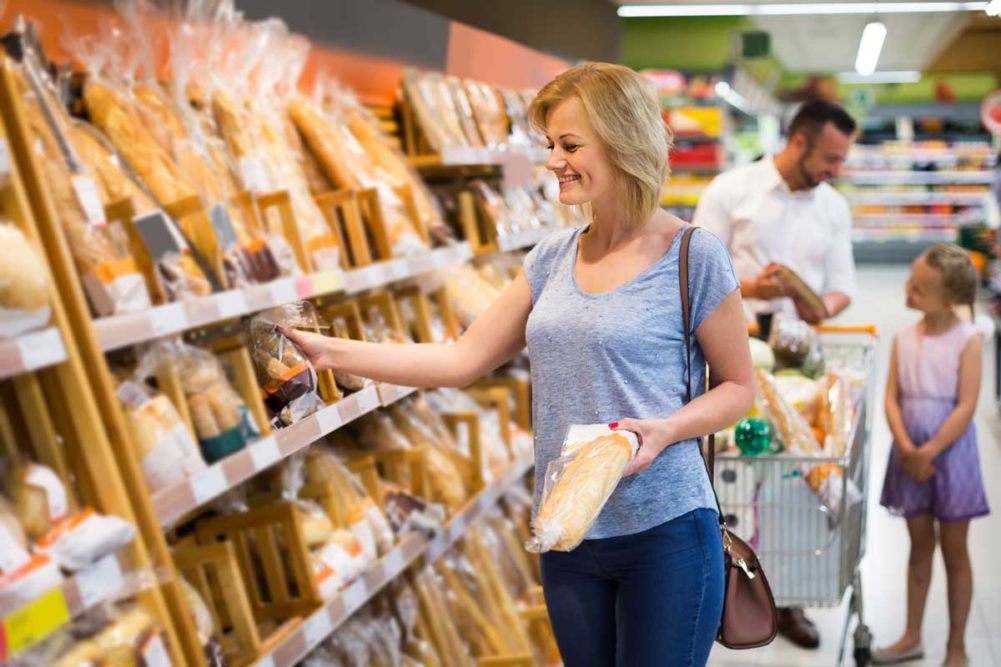Long before the coronavirus (COVID-19) pandemic forced consumers to fully embrace food via e-commerce out of necessity, center-store foods with longer shelf life dominated e-commerce.
Center-store is the middle of grocery stores or supermarkets that traditionally house packaged food, toiletries and shelf-stable beverages. Unlike meats, dairy and produce — which make up the outer aisles of grocery stores — center-store foods already are prepared and packaged for distribution. For packaged baked foods or snack bar manufacturers, e-commerce is as simple as redirecting the product one more step on the supply chain, according to Trends and Advances in Food Packaging and Processing from PMMI Business Intelligence, a division of PMMI. As e-commerce has grown, some CPGs in the baking and snack sector have adjusted and skipped the store altogether, shipping directly to consumers.
At the tail end of the past decade, the food industry repeatedly heard about the increasing power of younger generations’ buying power and the tendency among millennials to seek out healthier snack options. To meet this demand, baking and snack CPGs have had to nimbly pivot to offer products from the outer aisles as snacks. Protein packs, fruits, nuts, vegetables and clean label options without preservatives emerged as meal alternatives for a generation content to eat multiple small “meals” vs. a traditional breakfast, lunch and dinner.
With an LEK Consulting survey indicating that millennials represent nearly half of all online food purchases, not only are SKUs increasing because of these new types of snacks, but also new snacks are being made for different channels. The challenge is to get the freshest product to consumers while maintaining security and accuracy. Food companies are forming teams and committees to instigate change and are working on cost-effective and consumer-centric solutions to serve both online and in-store customers better.
E-commerce is driving growth in multiple packaging formats to appeal to consumer preferences while still surviving the rigors of the supply chain. Online shipments demand durability of the primary package and greater protection for the secondary container. The goal for most CPGs is one package for the omnichannel, but in the meantime, stop-gap measures include “online-ready” packaging. A Snack Foods – Packaging and Processing Market Assessment and Trends report from PMMI Business Intelligence classifies online-ready packaging as packages that require a minimum re-packing effort for online retailers. Examples include smaller cases, lower case counts, easier to open cases and smaller multi-packs. An added hurdle (read: frustration) for CPGs is the constant demand from retailers for packages that are different from their competitors. Target wants a different package than Walmart who wants a different package than Amazon.
As the industry continues to navigate through the challenges posed by COVID-19 and the resulting impact on baking and snack CPGs, manufacturers and suppliers can visit PMMI's COVID-19 resource page for insights on ways to adapt and evolve in a new normal. For further support in overcoming challenges and uncovering solutions, PACK EXPO International and Healthcare Packaging EXPO 2020 will serve as North America’s resource for the most advanced packaging technologies across a wide range of industries. For more than six decades, this event has enabled packaging professionals to connect and discover the innovations that advance their business, and this year will be no exception.





